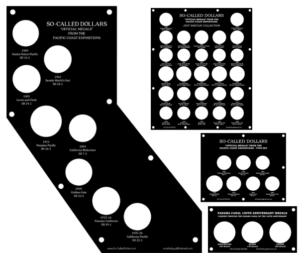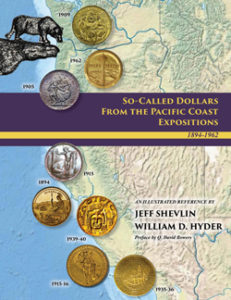By Vic Bozarth for PCGS ……
We wind our way to 1905 in this series covering the coins, medals, and tokens produced in conjunction with the seven largest expositions and world’s fairs held between 1876 and 1926 in the United States. Technically, the 1905 exposition is not considered a “world’s fair” by the Bureau of International Expositions. However, many Americans, especially numismatists, include the Lewis and Clark Expo of 1905, held in Portland, Oregon, on the list because of the two commemorative gold dollars it spawned and the historical significance of both the Lewis and Clark expedition and the Oregon Trail itself.
The Lewis and Clark Centennial Exposition commemorated the 100th anniversary of an expedition led by Meriwether Lewis and William Clark from St. Louis to the Pacific Coast. Their journey began in 1803 and was to help explore and survey land recently acquired in the Louisiana Purchase of 1803.
While commemorating a significant historical event, the exposition in Portland, Oregon in 1905 was held just seven months after the conclusion of the Louisiana Purchase Exposition in St. Louis in 1904. However, that event had purposely been postponed an entire year to allow greater participation including the 1904 Olympic Games and the 1904 Democratic National Convention.
Selling the Concept of a Fair
The Oregon Historical Society suggested the centennial celebration to “sell” the idea of the exposition, but ultimately it was all about promoting local and state business in Oregon. After all, the four prior United States expositions had been successful in terms of both promotion of their respective city or region and numerous advertising opportunities.
Local officials and dignitaries were able to unify behind the exposition theme: “Westward The Course of Empire Takes Its Way”. The real motivation behind the event was to promote Pacific trade. Once the idea was sold to a handful of businessmen and companies who invested funds, the backing for the exposition–including funds from the state–fell into place rather quickly.
The success of both the Columbian and Louisiana Purchase World’s Fairs in terms of advertising was hard to argue against. How can anyone buy a new product if they don’t know about it or where to buy it? Remember, there was no radio or television advertising at that time. Newspapers and circulars were the news outlets of the day.
And word of mouth, especially when it was something new, was a big deal!
Nearly 20 million visitors had attended the Louisiana Purchase Exposition, but regardless of the short period of time between that event and the Lewis and Clark Centennial Exposition, the Portland expo drew nearly 1.6 million paid visitors (50 cents admission for adults and 25 cents for children) and saw more than 2.5 million total visitors. The vast majority of those attending were from the Pacific Northwest, with only six percent of the total attendance visiting from east of the Mississippi River.
While “Westward The Course of Empire Takes Its Way” was the theme of the fair, the overall goal was trade with our Pacific Rim neighbors, including Japan and China. Portland was a major economic center near the West Coast, with the Northern Pacific, Southern Pacific, and Union Pacific railroads all having a terminus there. There is no question that the promoters had a strong international trade pitch with railroads from Portland serving (or connecting to) the entire U.S.
Oregon boasted several natural resources, but the two most noteworthy were wheat and lumber. Much of the wheat from the Northwest was milled in Portland at one of the largest flour mills in the West. Oregon’s timber industry was also exceptionally strong, with Oregon ranking second in wooded acreage in the U.S. and leading the nation in standing lumber with 300,000,000 board feet.
As early as 1895, a local dry goods merchant named Dan McAllen suggested that Portland needed “some sort of international fair” to “mark the new century and pull itself out of its economic slump.” Nothing happened for several years while economic conditions weren’t favorable, but by the middle of 1900 the idea of a fair was more attractive.
J.M. Long of the Portland Board of Trade is credited with bringing together a provisional committee that started preparations for a fair. Shortly after, a permanent board was established with Portland General Electric Company head Henry W. Goode as president.
Much of the success of the Portland expo was due to the cooperation of a fairly large group of local businessmen who either served on the board and/or donated substantial funds. Like successful fairs held previously, the overall unity in purpose embraced by the backers of the fair could be credited for much of the fair’s profit, too.
1905 Lewis and Clark Centennial Exposition Coins and Medals
The 1904 and 1905 Lewis and Clark Exposition Gold Dollars feature the only U.S. coin design with a two-head design (the two explorers both have a bust portrait on the coin, one appearing on the obverse and the other on the reverse). They were also the only U.S. commemorative gold dollars struck and dated in multiple years.
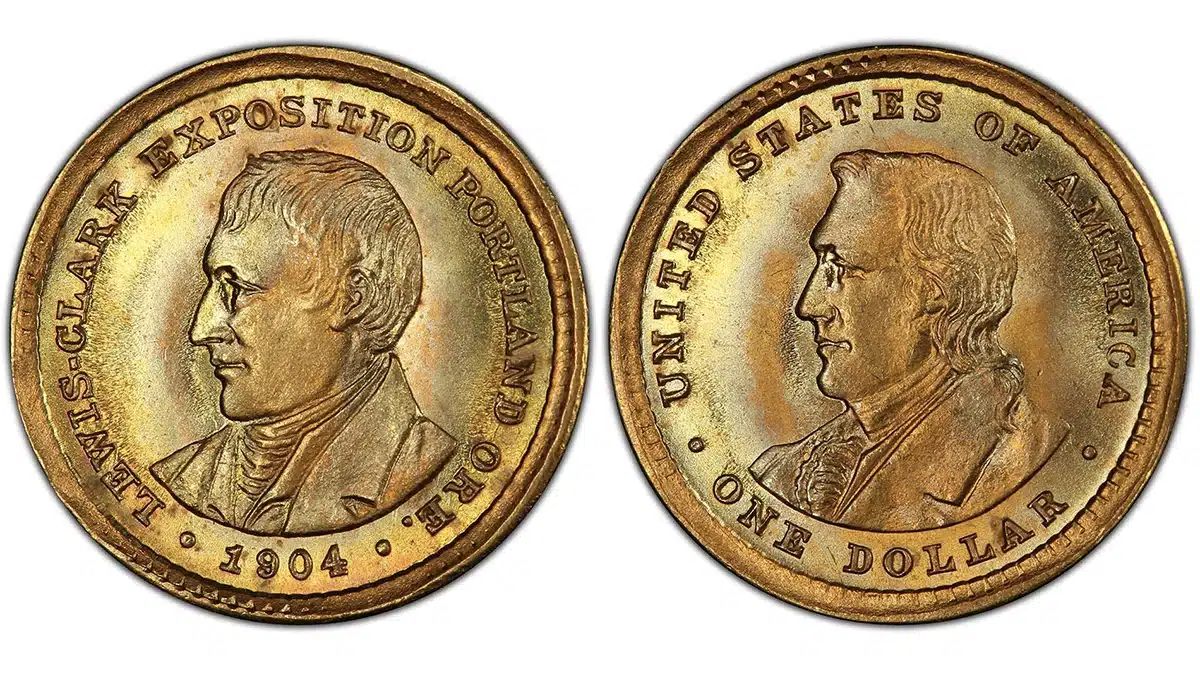
- PCGS #7447 – 1904 Lewis and Clark Gold Dollar, 10,025 minted
- PCGS #7448 – 1905 Lewis and Clark Gold Dollar, 10,041 minted
Much like the 1893 Isabella Quarter from the Columbian Exposition, both the 1904 and 1905 Lewis and Clark Gold Dollars are scarce today and command a significant premium. Conversely, the nation’s first two commemorative gold dollars, the 1903 Jefferson and McKinley Gold Dollars, sold in much larger numbers. This is most likely due to the overall larger attendance of the Louisiana Purchase Exposition versus that of the Lewis and Clark expo. The Louisiana Purchase Exposition drew 20 million versus the 2.5 million who attended the Lewis and Clark expo; thus, the Lewis and Clark expo offered a much smaller market.
Both of the Lewis and Clark Gold Dollars saw greater numbers produced than sold, but the unsold examples of each were melted quickly. Regardless of the surviving mintage of either, the scarcity and prices for both the coins, not to mention the medals, from the Portland expo are due to the smaller number of initial sales.
The Official Souvenir Dollar
The official souvenir dollar was designed by Mint Engraver George T. Morgan and struck at the expo by the United States Mint on the fairgrounds at an exhibit in the government building. They measure 34 millimeters in diameter and were struck in various metals.
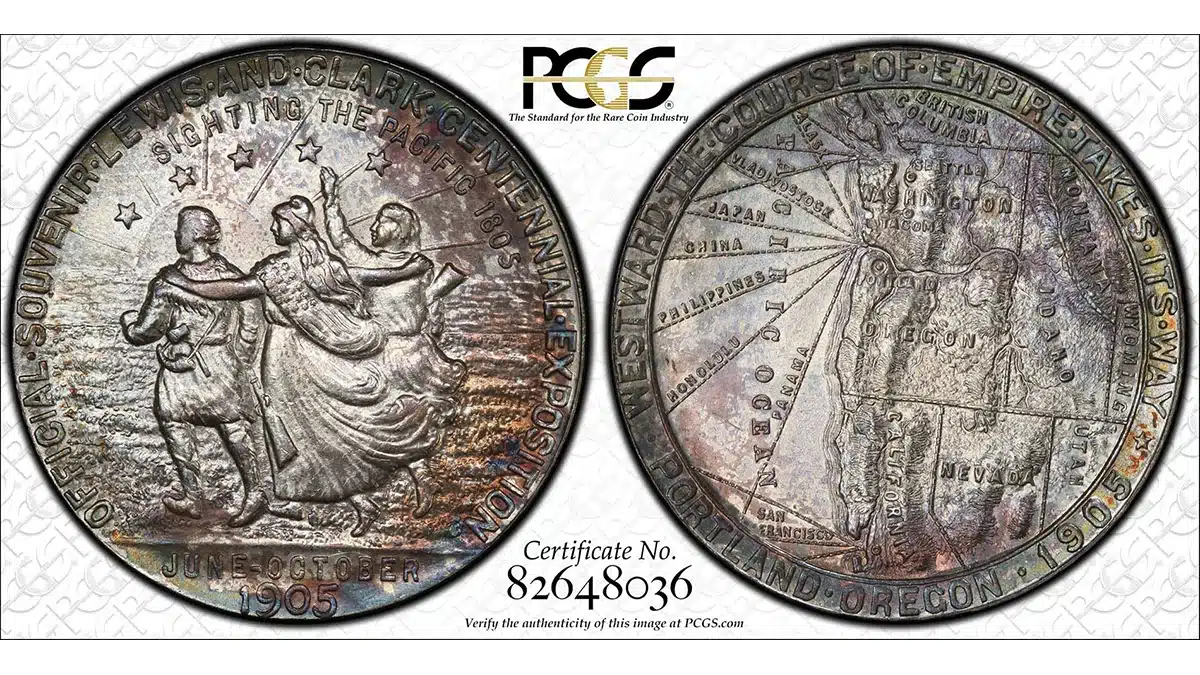
- PCGS #642740, HK-325 – 1905 L&C Souvenir Medal, .990-fine silver / 306 grains; issued for $1.25 (Rarity-5)
- PCGS #642671, HK-326 – Gilt-Bronze / 250 grains; issued for 50 cents (R-5)
- PCGS #642672, HK-327 – Bronze BN / 250 grains; issued for 25 cents (R-5)
- PCGS #642673 – Bronze RB; “
- PCGS #642674 – Bronze RD; “
- PCGS #620670, *HK-327a – Brass (250 grains); issued for 25 cents
*Not listed in the So-Called Dollars reference book, but numismatic researcher Bill Swoger claims most common.
Other Medals and Tokens
There are several issues of So-Called Dollars and Souvenir Gold Tokens that were issued for the Lewis and Clark Exposition. The So-Called Dollars related to the expo, originally identified as “souvenir” dollars HK-328 through HK-334, are detailed below:
- PCGS #642745, HK-328
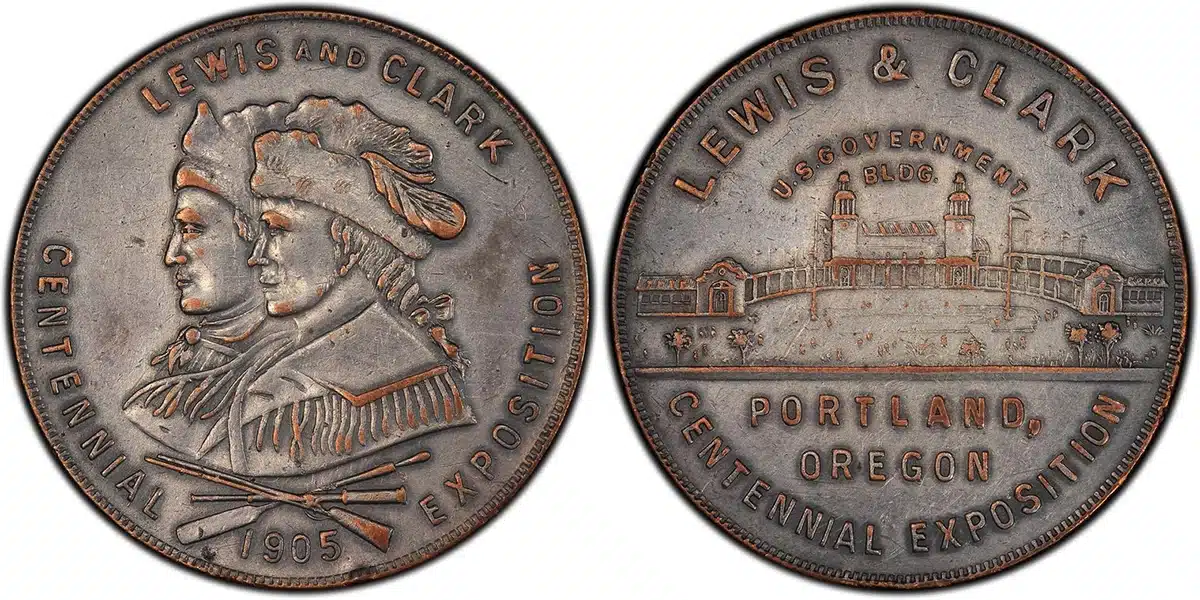
For the most part, these privately made medals were of the same design for HK-328 through HK-333b with the Government Building on the reverse, but HK-334 has a slightly different obverse and the Washington State Building on the reverse.
- PCGS #642758, HK-334
The souvenir Oregon Gold Tokens were issued in 1/4 (25 cent) and 1/2 (50 cent) denominations portraying Mount Hood on the obverse with the legend “L&C EXPO 1905” over and “Mt. Hood” underneath. The reverse sports a leafed vine with grapes surrounding the 1/4 or 1/2 and “OREGON” over and “GOLD” beneath.

- PCGS #527123, X-Tn1
- PCGS #532418, X-Tn2
Regional Pride
Visitors to the Lewis and Clark Exposition were treated to exhibits from 21 nations and 16 U.S. states. Curiously, this was really a Western exposition. Of the 16 states represented, only three – Maine, Massachusetts, and New York – were from the East. The U.S. government was well represented, including the Mint exhibit where the official medals were struck.
Some of the largest international exhibits included that of Japan, which cost more than a million dollars and featured amazing cultural artifacts in porcelain and silk. Italy’s pavilion featured lovely marble statuary. Both Germany and France spent enormous sums on their exhibits also.
When considering the distances and the potential modes of transportation available to an individual of that time, one realizes why Portland wanted their own fair. Attracting 16 states and 21 foreign governments to participate is quite impressive. The international participants had more logistical issues and farther to travel.
Not only were the vast majority of the population of Portland, the state of Oregon, and the entire West Coast much too far from Buffalo, New York, for the Pan-American Exposition in 1901, but the Louisiana Purchase Exposition in St. Louis in 1904 was itself a monumental journey in its day for someone traveling from the shores of the Pacific.
Where to Next?
The overwhelming support for a Panama-Pacific Exposition was evident early on, but no metropolitan area or region could or would try to sponsor a major international event until 1915, when the Panama-Pacific Expo was held in San Francisco. While there were historical anniversaries like the Jamestown Ter-Centennial Exposition in 1907, and both the Hudson-Fulton Celebration and the Alaska-Yukon Territory Exposition in 1909 on opposite coasts, none of them rose to world’s fair status.
In this seven-part article series reviewing the coins and medals that the U.S. Mint produced for our major U.S. Expositions from 1876 to 1926, the 50 years spanned in this coverage doesn’t seem long in historical terms. And yet, virtually everything had changed in that 50 years. Not only had the United States itself advanced immensely in terms of both communication and transportation, but indeed the world had become a much smaller place.
Telephone usage, while not widespread in 1905, continued to grow and would become commonplace by 1926. Ocean liner and rail travel were one’s best options for covering long distances in 1876, but by 1905 automobiles were gaining traction.
Air travel was still all but unknown in 1905, but humans had flown in a motorized aircraft by that time. By 1926, people had flown planes on combat missions during the Great War. Airshows had become popular events by the time the nation celebrated its Sesquicentennial Anniversary in 1926.
* * *
For more information from PCGS, the sponsor of this article, click on the image below.
* * *
The post 1905 Lewis and Clark Expo Coins and Medals From the U.S. Mint appeared first on CoinWeek: Rare Coin, Currency, and Bullion News for Collectors.
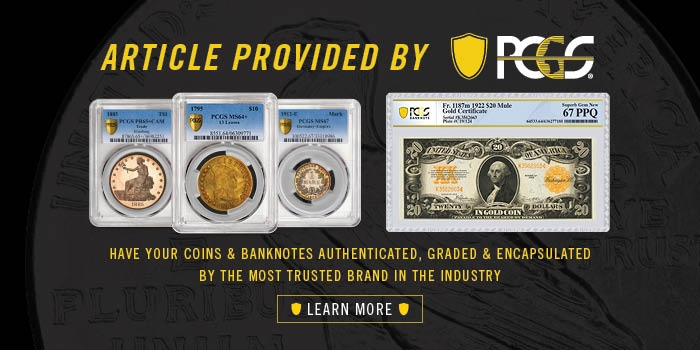

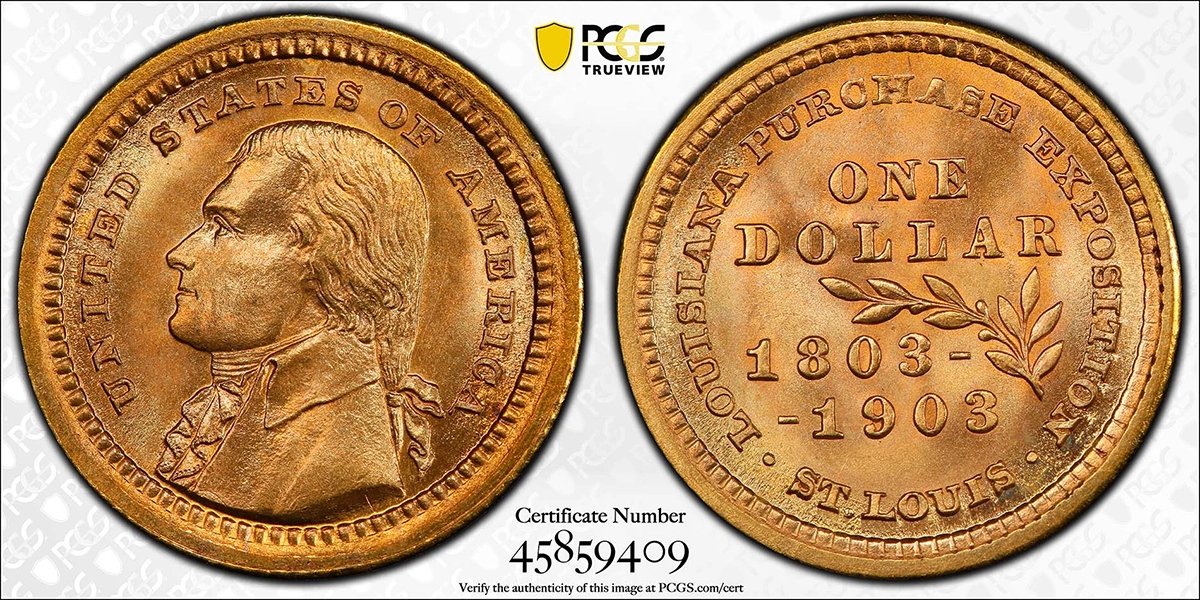



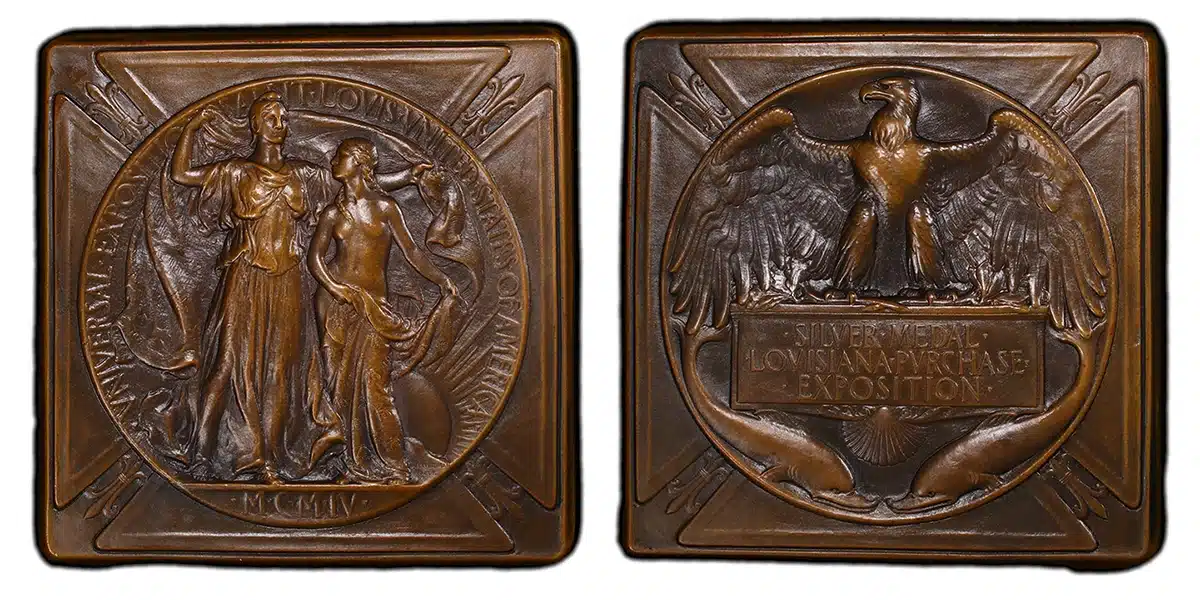

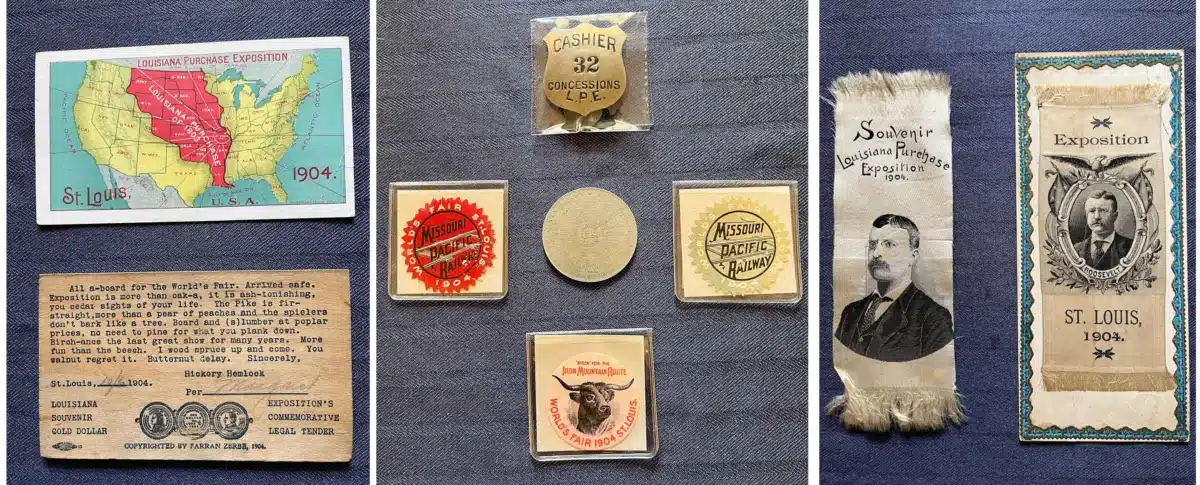
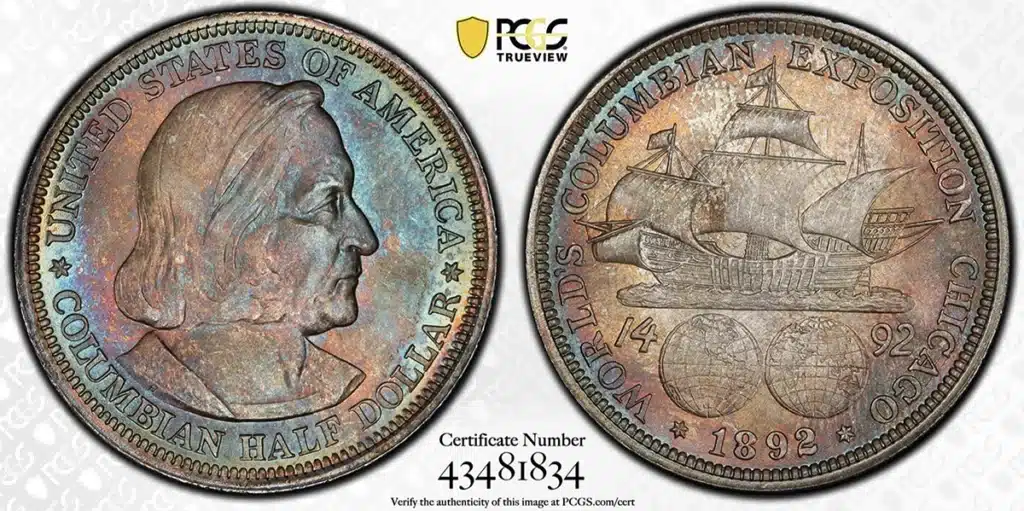
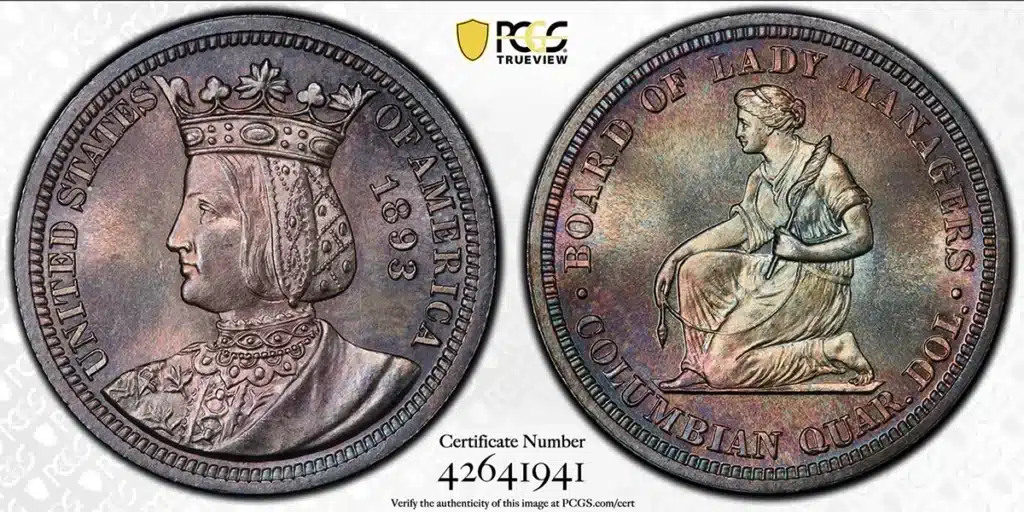

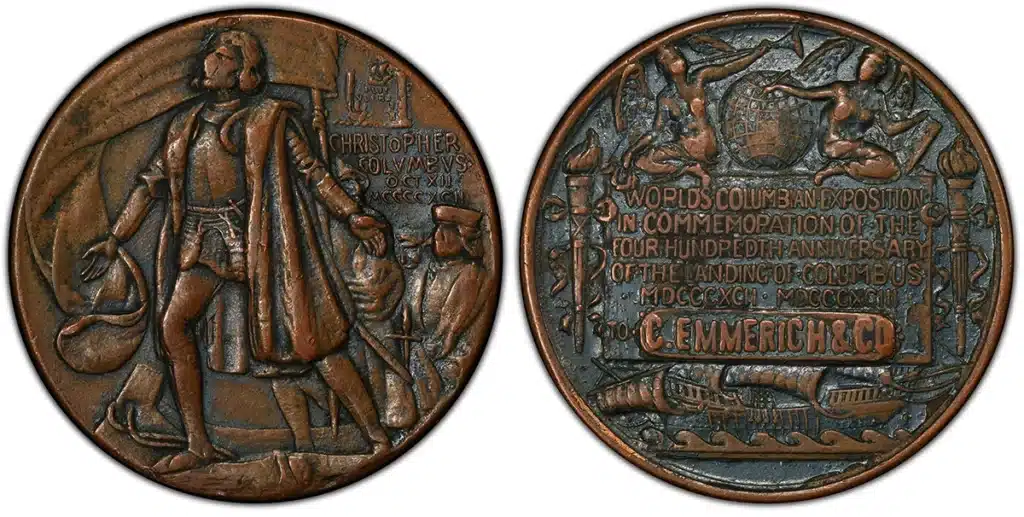
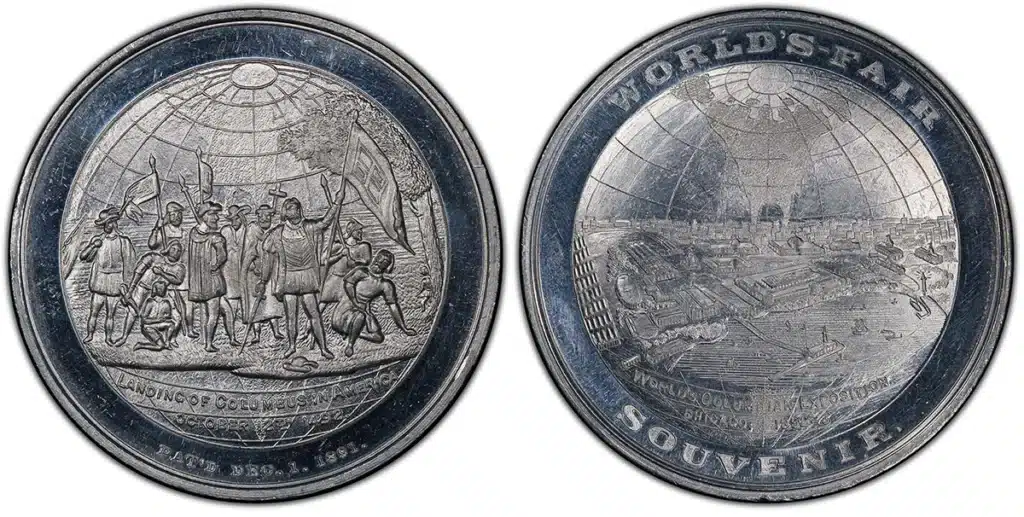

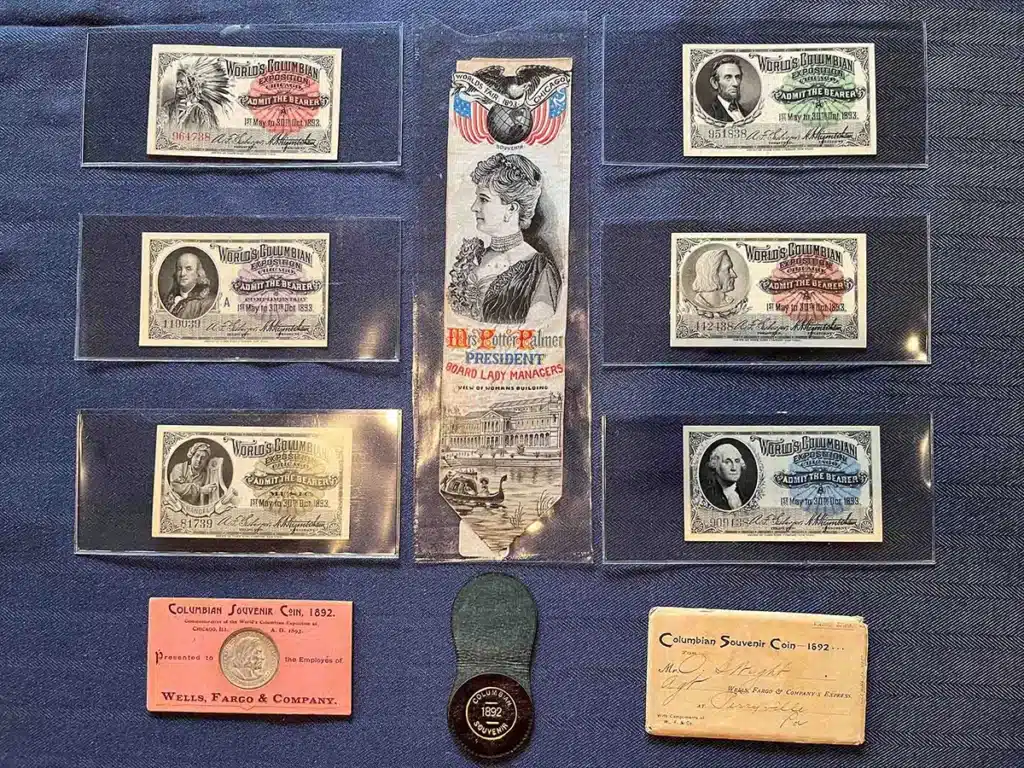

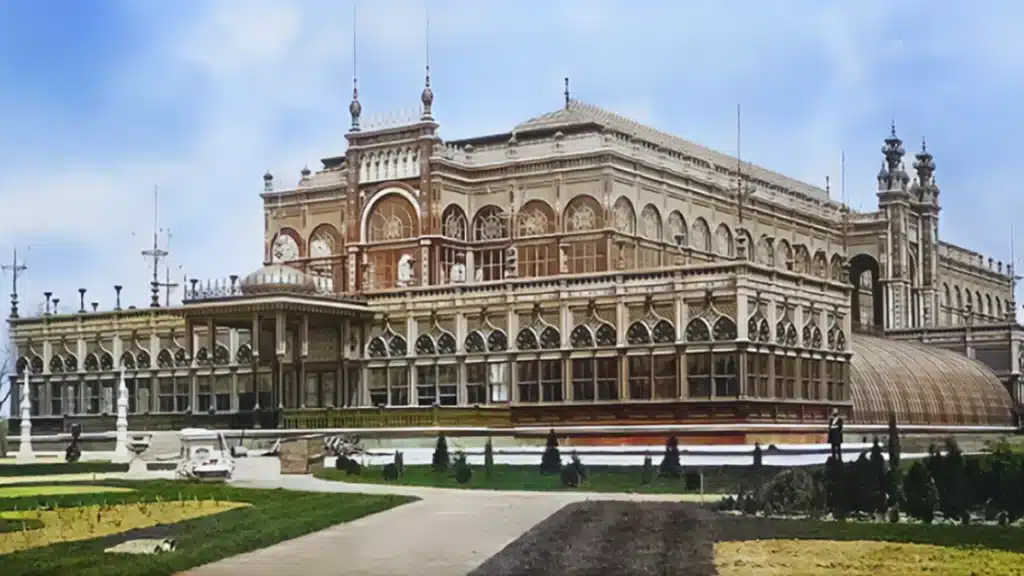

 Vic Bozarth is a member of the Professional Numismatics Guild (PNG), FUN, the ANA, the CSNS, and many other regional and state coin clubs and organizations. Vic has extensive experience buying and selling coins into the mid-six-figure range. Vic and his wife Sherri attend all major U.S. coin shows as well as most of the larger regional shows.
Vic Bozarth is a member of the Professional Numismatics Guild (PNG), FUN, the ANA, the CSNS, and many other regional and state coin clubs and organizations. Vic has extensive experience buying and selling coins into the mid-six-figure range. Vic and his wife Sherri attend all major U.S. coin shows as well as most of the larger regional shows.